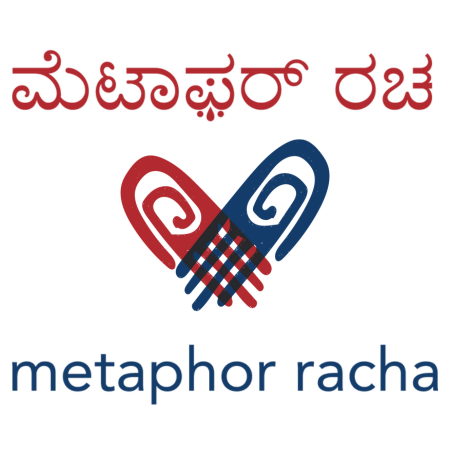Embroidery has adorned clothing since the dawn of human civilization. Primitive people first used thread, initially intended for joining pieces of fur, to create decorative patterns. As time progressed, colourful beads, stones, and bones expanded the vocabulary of embroidery designs.  In India, Aari embroidery is a tradition that dates back to the 12th century. This ancient craft began with cobblers in western India, who adapted their hook-needle technique from footwear-making to embroidery. The method gained prominence with the support of the Mughals, becoming a favoured style in garments. 'Aari' is derived from 'aar,' the small hooked needle artisans use.
In India, Aari embroidery is a tradition that dates back to the 12th century. This ancient craft began with cobblers in western India, who adapted their hook-needle technique from footwear-making to embroidery. The method gained prominence with the support of the Mughals, becoming a favoured style in garments. 'Aari' is derived from 'aar,' the small hooked needle artisans use.

The process of Aari embroidery is as fascinating as its history. Initially, a design is drawn on tracing paper and pierced with holes along the lines using a needle. A paste made from kerosene and boric powder (or chalk powder) is prepared. The paste might include robin blue powder or charred paper powder for light-coloured fabrics to enhance visibility.

The fabric is tightly stretched on a wooden frame known as an 'Adda,' a tool crafted from various types of wood. This frame, reminiscent of the rural bed 'Khatia,' holds the fabric securely. The Adda, resting on a wooden' Ghoda stool,' is essential for precise embroidery.

Once the tracing sheet is placed on the fabric, the paste is rubbed through the holes with a sponge or waste fabric. This transfers the design onto the fabric, with the kerosene eventually evaporating and leaving a fine powder behind. The excess powder is gently tapped off or removed using kerosene.

Skilled embroiderers often make their own Aari needles from discarded cycle spokes stored in bee wax to preserve their sharpness. These needles are carefully chosen based on the thickness of the thread, fabric, and embroidery material.

The process itself involves intricate manual work. The 'Kaarigar' (craftsman) pushes the needle through the fabric with one hand while twisting and lifting the thread loop with the other. This repetitive motion creates a delicate chain stitch, with various stitches such as Saada, Salli-ka-Kaanta, Kaanta, and Ghumer showcasing the craft's versatility. Materials like Chamki, Zardozi, Zari, Salli, Kad-Dhaana, and Mothi often add texture and detail.

At Metaphor Racha, we honour this traditional craft by incorporating Aari embroidery into our designs, but with a modern twist. We use single-thaar stitching thread to highlight the craft's skill and intricacy in its simplest form. This approach not only preserves the essence of Aari embroidery but also makes it accessible to contemporary tastes.

"Embroidery is not merely decoration; it is an art form that tells a story through every stitch."
Explore our collection at Metaphor Racha to experience the beauty and heritage of Aari embroidery. Each piece reflects the dedication and artistry that define this timeless craft, blending tradition with modern elegance.
